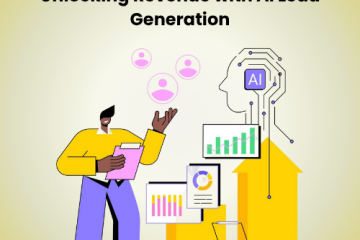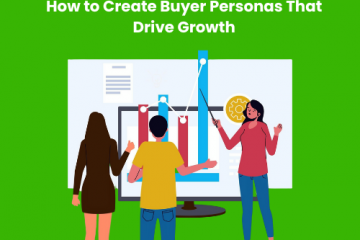What is Product-Led Sales? How Does It Differ From PLG?
Product-led growth (PLG) companies are taking the market by storm. Products like Calendly or Zoom or Slack sell themselves. The end-users of software solutions are now well informed, know a lot about the products and their capabilities, have a lot of options, and are purchasing even without talking to salespeople. But, not all products can work in a complete PLG model. For example, PLG-focused SaaS companies that are selling Enterprise plans still need sales. This is where Product-led Sales comes in!
What is the Product-led Approach?
In the SaaS space, a product-led approach keeps the user experience and the utility provided by the product as its core focus. With this approach, a firm delivers the value proposition of its offerings solely or primarily through its products. This is contrary to the traditional sales approach which involves conveying the value proposition of a product or service through sales executives. While this approach works well, it has its issues.
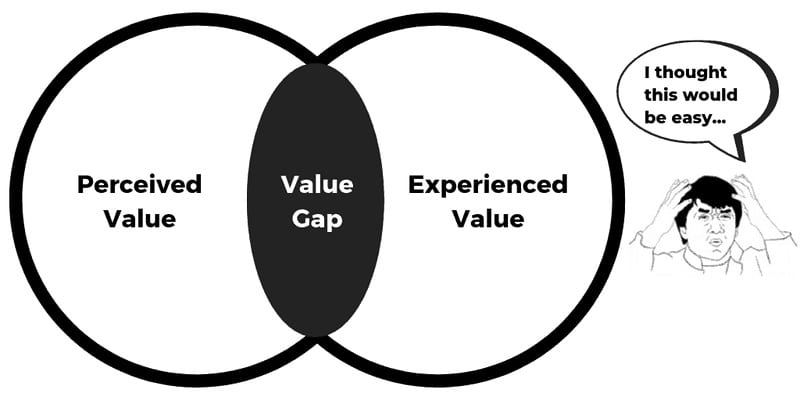
Source: productled.com
There is almost always a gap between the perceived and the experienced value of any product or service. The bigger this value gap, the bigger funnel leakage you will experience. This is a big reason why the product-led approach is so effective.
Why Opt for the Product-led Approach?
To answer it simply, the traditional sales-led approach is inefficient for the present product buying landscape.
Let’s consider some strong reasons in detail:
Wider Top of the Funnel
Allowing customers to have a first-hand experience of your offerings attracts a lot of prospects. You can either opt for the free trial or the freemium route for this.
This approach makes customer onboarding effortless. As prospects have already experienced the value of a product, you won’t have to spend resources to convince them of the same.
This model offers maximum value and carries the least risk from the customer standpoint. This results in higher acquisition rates.
Lower CAC
Lower effectiveness of marketing or sales-led approaches, rising digital advertising costs, etc. have led to higher CACs in recent times. Adding to the woes is how saturated the marketing channels have gotten and customers do not prefer the sales approach.
A product-led approach is not resource-intensive when it comes to marketing or sales. Moreover, the freemium or free trial model is in itself a zero-cost high-yield customer acquisition strategy.
Higher Retention Rate
Providing the end user with first-hand experience using the product is at the core of a product-led approach. Users have an easy time determining the value proposition of the product by trying it themselves.
Letting them experience the value of the product is any day better than just telling them about how good it is. Moreover, as the product is at the center of all of this, you’re bound to improve the product and make it better thus providing more value.
What is Product-led Sales?
Product-led sales (PLS) is a customer-first approach that focuses on creating a sales experience based on how the customer actually wants to buy and not how you want to sell to them. To put it simply, PLS makes your sales system play inside the PLG system without going through a traditional sales pipeline approach.
Instead of leveraging only marketing and outbound sales, product-led sales use the product itself as a tool for lead generation, customer acquisition, and driving revenue growth while the job of sales is to drive the customer journey.
Buyers and end-users of software and SaaS products have access to a lot of information. There are reputed reviewers like G2 and Capterra they can access while considering the products. They can network and contact people already using that software and ask for their reviews. Thus, end-users don’t need to be assisted by sales executives while they are in the exploration and consideration phase of their journey.
This approach requires letting the end-users try the software solution by themselves. The sales executives help users in being successful at extracting maximum utility from the software. Thus, converting these users into paying customers or shifting them to a higher-tier plan becomes effortless.
How Does Product-led Sales Differ from Product-led Growth?
We can understand that things might still sound a little confusing. So, let’s go into details.
PLG is an ideology and PLS is a part of it
Product-led growth is a wide-scope growth strategy. More meaningful experiences for the users, more meaningful products, and more meaningful growth while products sell themselves are at the core of the PLG ideology.
PLS is a part of the wider PLG ideology but mainly deals with the sales aspects of a business’s operations. PLS is simply a sales approach that adopts the core principles of PLG and applies them to the sales process.
PLG is Qualitative and PLS is Quantitative
Ideologies are qualitative and there are no ways in which you can assess the impact of an ideology in strictly numerical terms. This makes PLG Qualitative. PLS on the other hand is a business approach for a sales process. Its impact can be measured and assessed in numerical terms. This makes PLS Quantitative.
PLG is an inward change and PLS is an outward change
PLG requires you to make changes to your business ideology, get everyone onboard, educate them about it and prepare them for its implementation in various business processes. PLS can only be applied if you are already implementing a PLG model and need sales to improve customer acquisition and growth.
Product-led vs Sales-led Approach
The product-led approach uses the product as a tool for customer acquisition, conversion, retention, and expansion. The sales-led approach utilizes the traditional sales setup headed by sales representatives.
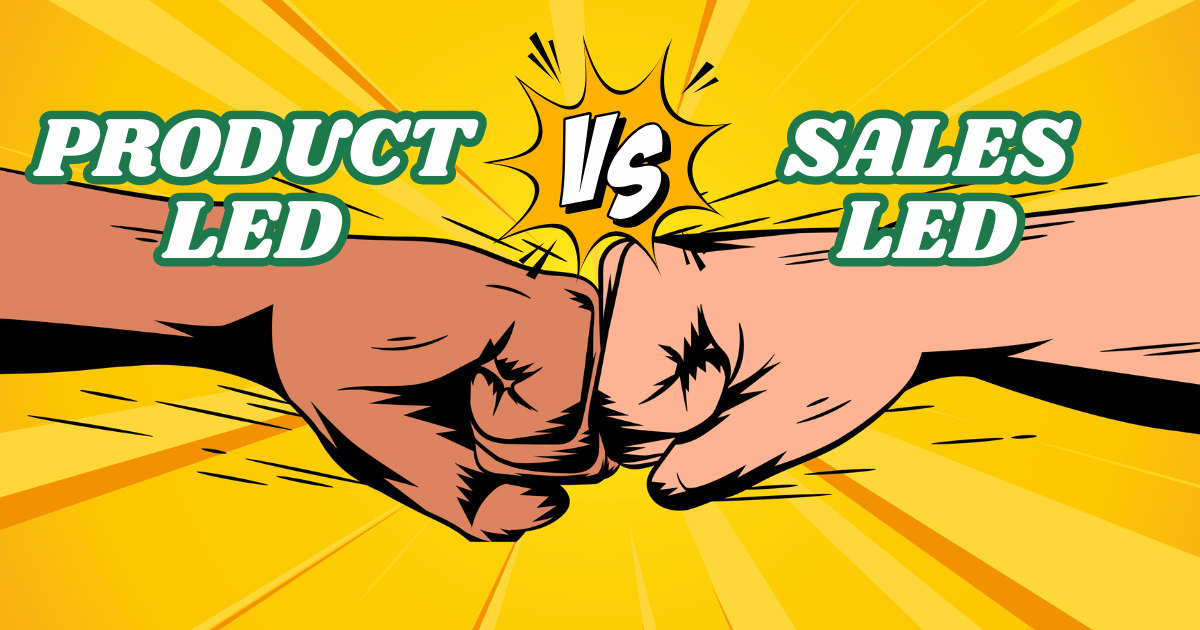
A product-led strategy is cost-efficient, has lower costs and barriers to entry, and spends resources according to the ticket size. For example, a PLG-focused company can sell both cheap and expensive services and have low ticket deals on autopilot while high ticket deals are passed to sales. The sales-led approach is resource-intensive but targets high-ticket enterprise clients and offers a very high degree of control absent with PLS. A sales-led approach is better for companies that are selling to Enterprise deals where most of the onboarding process is done with assistance while customer acquisition is done through outbound activities. A product-led approach is suitable for products with lower entry points where products can sell themselves.
How to Setup a Product-led Sales Strategy?
Here is a step-by-step guide to setup a PLS Strategy:
Ensure Alignment Across Your Organizational
To set up a product-led sales strategy, you will need to align the organizational ideology with that of product-led growth. Everyone and everything has to be on board with this change. The product experience, pricing, along with other things need to be aligned with the PLG model.
Determine Your Product’s Core Competency
Understanding your product’s core competency will enable you to identify the intersection between customer value and business value. You can plug the gap or shorten it with continuous improvements.
Focusing on your product’s core competency will also allow your teams to innovate and increase the value proposition of the product. This approach also accounts for the end-user experience to improve those areas.
Define What Makes a Product Qualified Lead
A product-qualified lead is a lead who has experienced the core competency of your product and its value through a free trial or freemium model. A PQL sits between MQL and SQL while also exhibiting purchase intent.
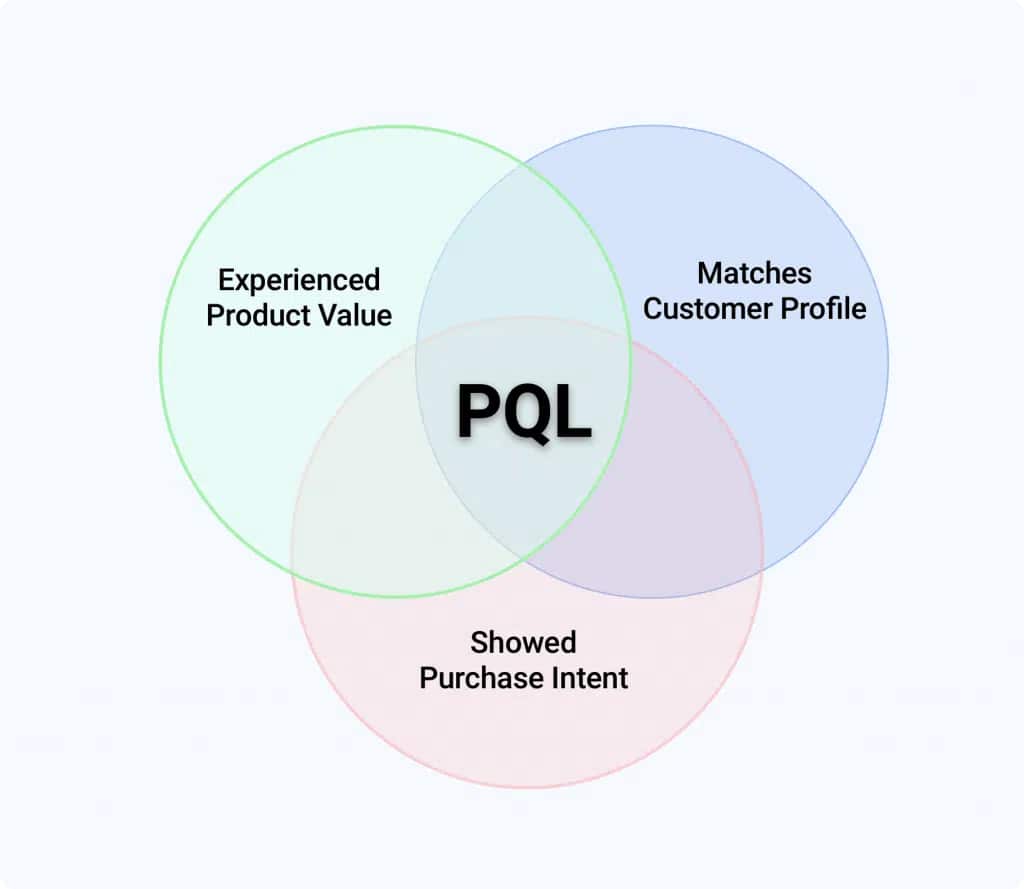
Source: breadcrumbs.io
Qualifying PQLs is not easy. You have to track the behavior of a user and his product usage while trying to pick up indicators of purchase intent. Tools like Salespanel make qualifying and scoring PQLs hassle-free. This helps you have a streamlined PLS strategy where PQLs are sent to sales while other leads stay in the self-service model.
Prioritize Customer-Centric Experience Delivery
Customer Experience is a core part of the Product-led Sales Strategy. The experience an end-user has while using the product is a major determinant in their purchase decision. The value that any product provides is gauged via its utility and UX.
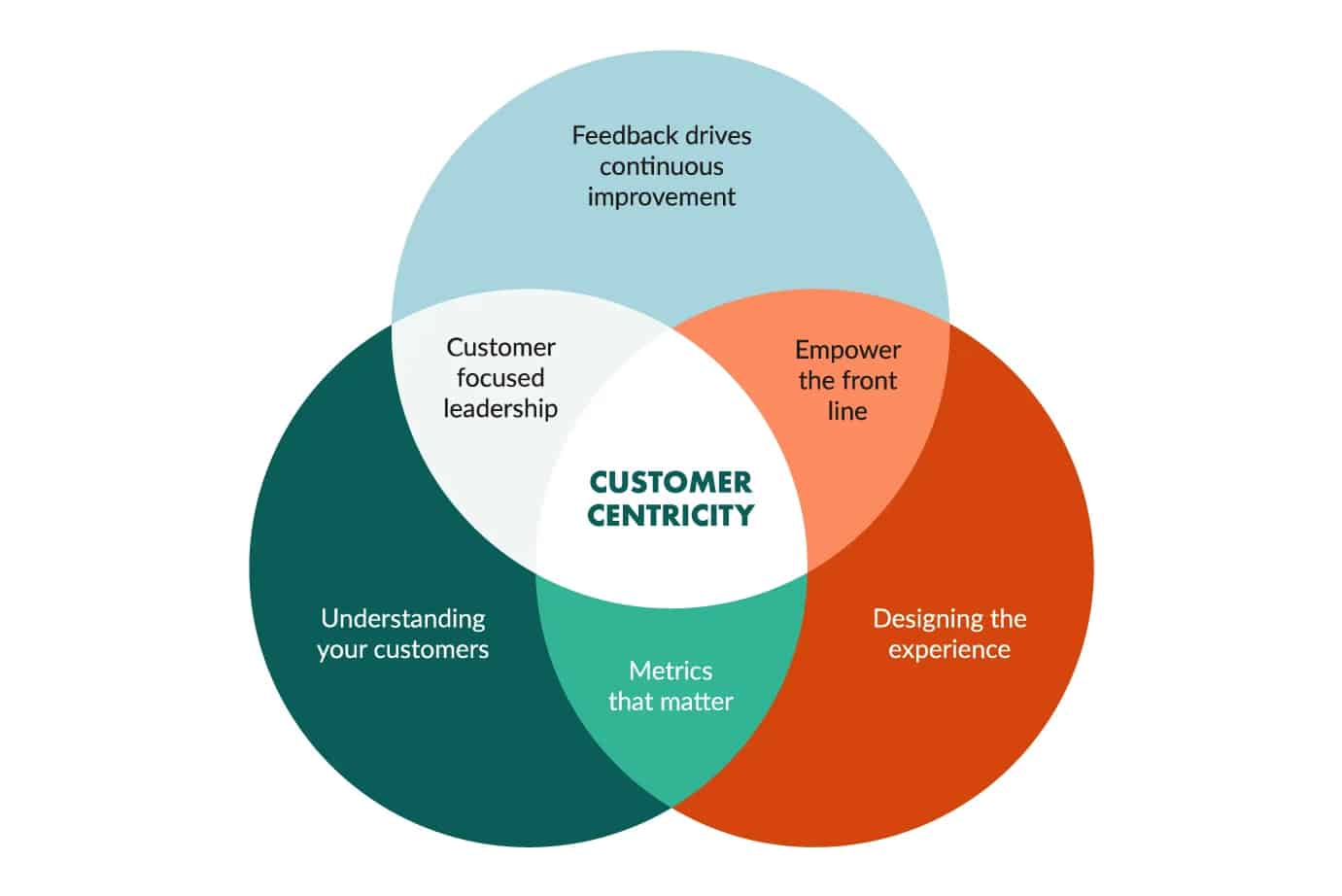
Source: superoffice.com
When the user experience isn’t optimal, it drives down the perceived value of a product. As a result, your chances of making a sale are drastically reduced. Thus customer-centric experience delivery needs to be prioritized.
Publish Content To Help Users Maximize Product Utility
Most of the time, end-users aren’t aware of the full capabilities of a product. Many products end up underutilized. You can educate end-users about all the ways your product can provide them with utility and value.
You can opt for podcasts, short video guides, blogs, how-tos, etc. to ensure end-users have multiple options. This helps the users learn about the full capabilities of your products in a manner most effective for them to learn.
Create Your Tech Arsenal Carefully
Setting up a PLS model means that a lot of heavy lifting is done by data and software. You need a complete grip on the entire funnel and the customer journey while prioritizing your high ticket leads. Product usage and customer journey tracking tools along with segmentation and product-qualifying tools would be necessary here. Various processes would also need to be automated. Create your tech arsenal carefully! And, do check out Salespanel if you need a grip on your first-party data.
Final Words
Letting the product convince the end-user of its utility and value has been through the freemium model has been instrumental for many SaaS businesses. The product-led Sales approach is a game-changer for product companies that have a wide pricing range or sell to Enterprises. This makes Product-Led Sales a valuable sales model for product companies taking a Product-Led Growth approach.
Sell more, understand your customers’ journey for free!
Sales and Marketing teams spend millions of dollars to bring visitors to your website. But do you track your customer’s journey? Do you know who buys and why?
Around 8% of your website traffic will sign up on your lead forms. What happens to the other 92% of your traffic? Can you identify your visiting accounts? Can you engage and retarget your qualified visitors even if they are not identified?
